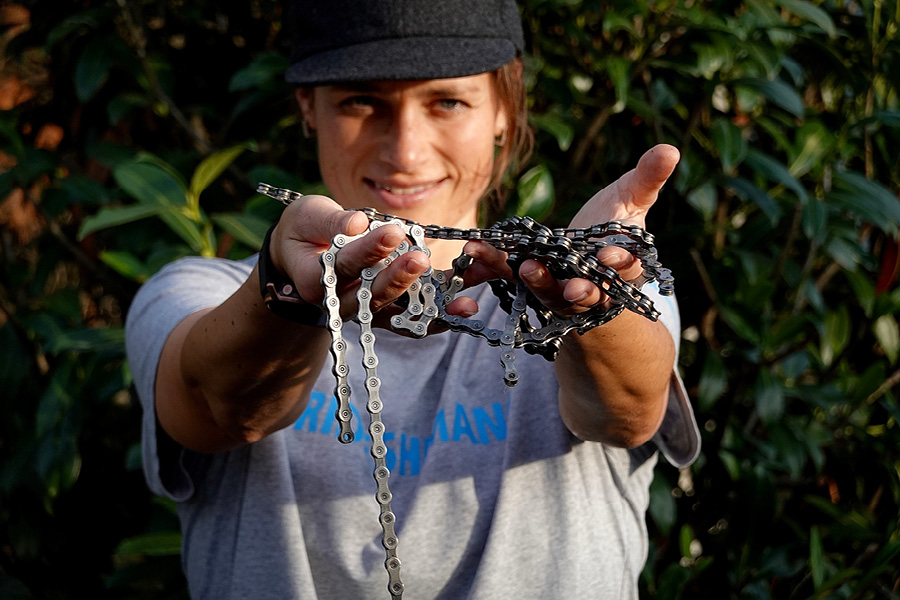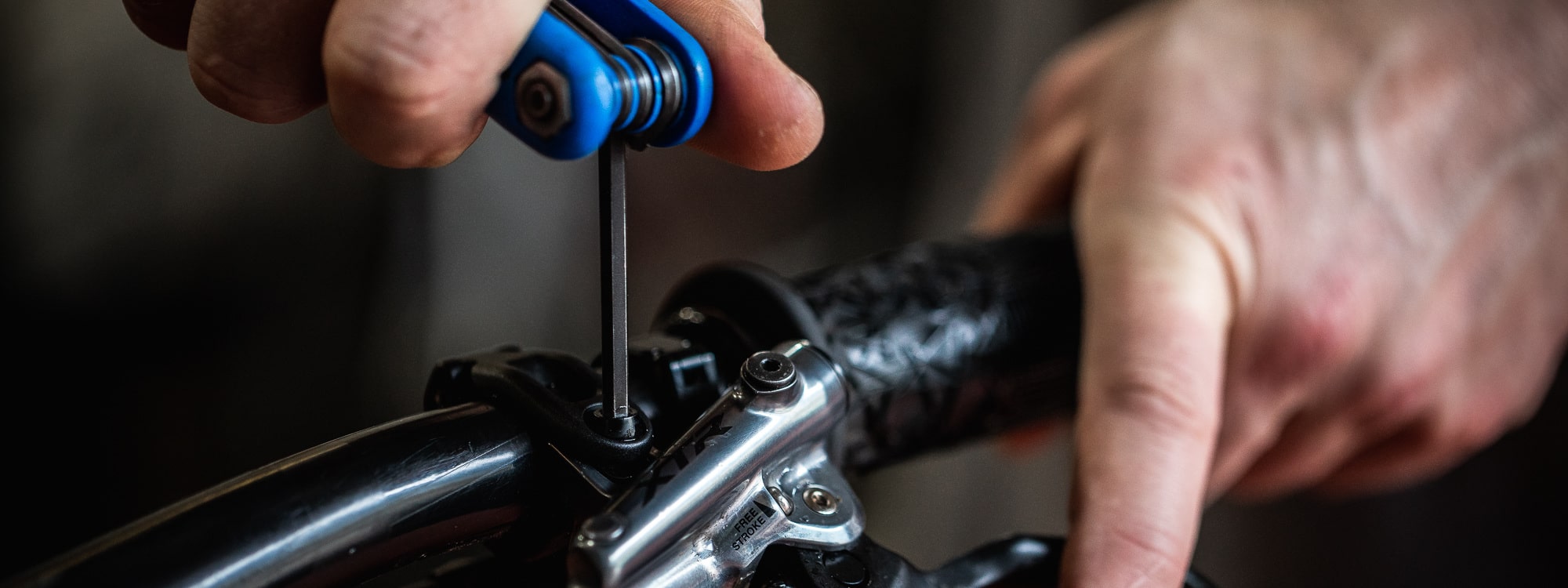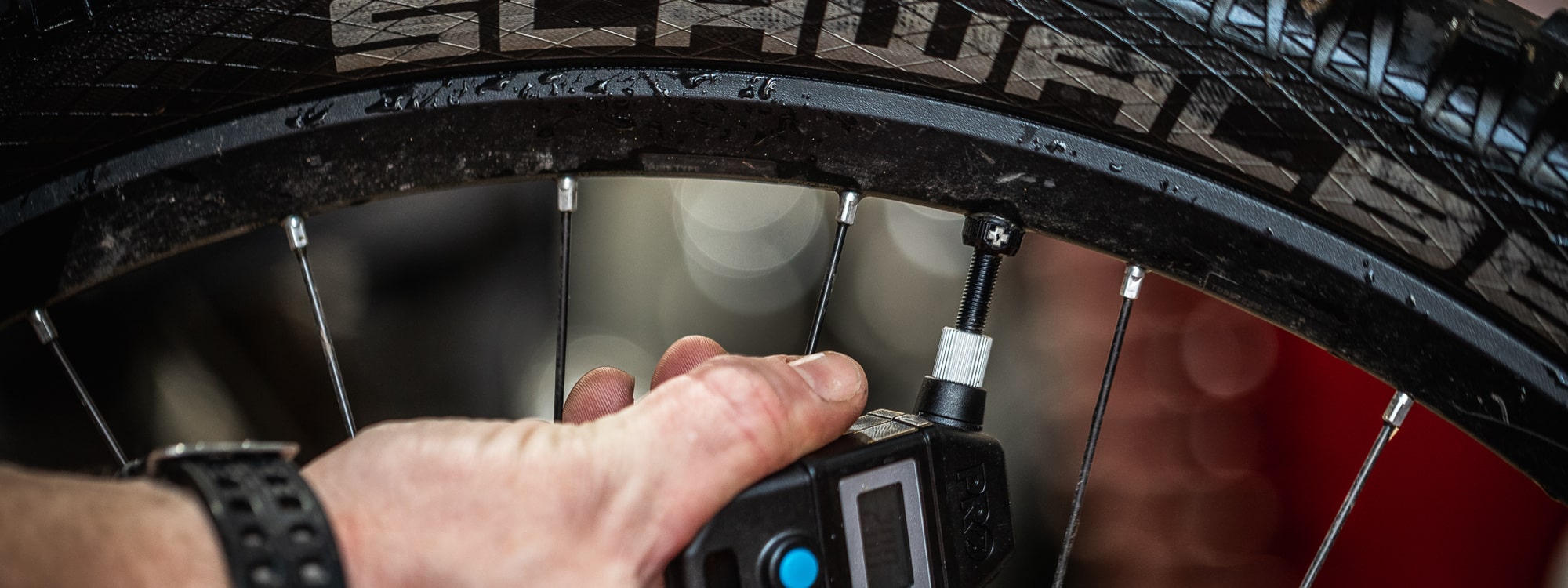There is much ado among mechanics and everyday riders about how to determine the correct chain length. Some say you should put the chain on the smallest sprocket without any parts hanging loose, adding two, three, four or five links. Others may argue it's best to put the chain on the biggest sprocket and the biggest chainring, tighten or perhaps don't tighten, better let it hang loose because of the deflection.
With many ways to approach your chain, we felt it was high time to debunk a few of the more significant myths regarding your chain length.
In this article, we're going to share the basics of proper SHIMANO chain maintenance with you. Of course, it's fun to set up a new bike from scratch. But that's a rare opportunity. In most cases, an old chain gets replaced by a new one. Especially when it comes to sustainable riding, it's always good to ask yourself: When is the right time to replace a chain?
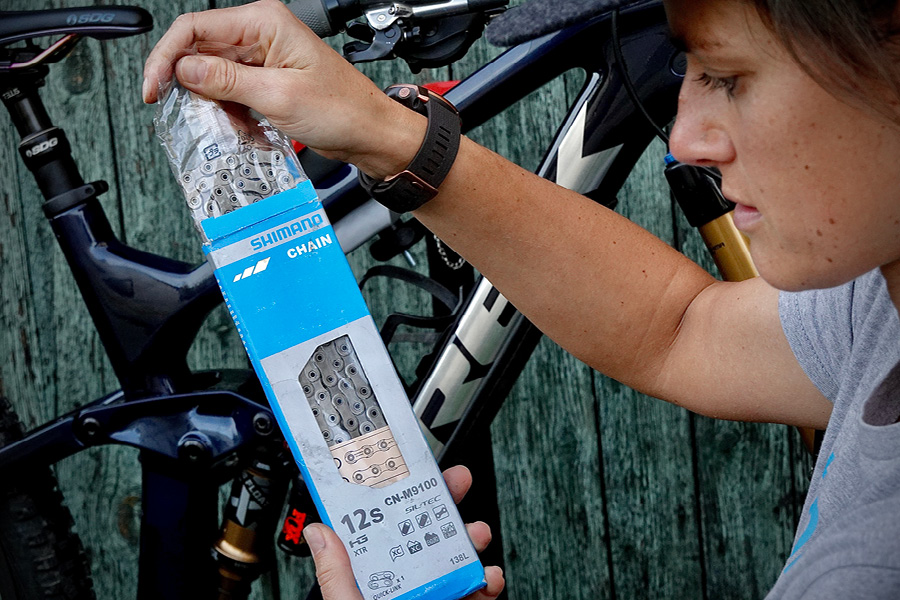
Measuring chain wear
You may wonder why you should replace a chain in the first place. Chains, cassettes and sprockets are all part of the drivetrain. The other parts also suffer from increased wear and tear if the chain is worn out. In the system of these three parts, the chain is the weakest link, because it has the most fragile elements: the chain links. You can use a SHIMANO chain gauge to determine whether a chain is still good to go or whether it needs replacement.
Due to normal wear and tear, the chain elements eventually grow apart, so that the teeth of the chain gauge completely fall into the chain. Then, it is time to replace the chain. For SHIMANO chains, it is important to use a SHIMANO chain gauge. Many dealers use chain gauges from other brands which often leads to premature chain replacements.
Once a chain is worn out, it will need replacement to save it from breaking, which is less than ideal on the trail and can result in the loss of an entire day of fun riding. Chain wear can be positively influenced by proper chain maintenance. Read more about this below.
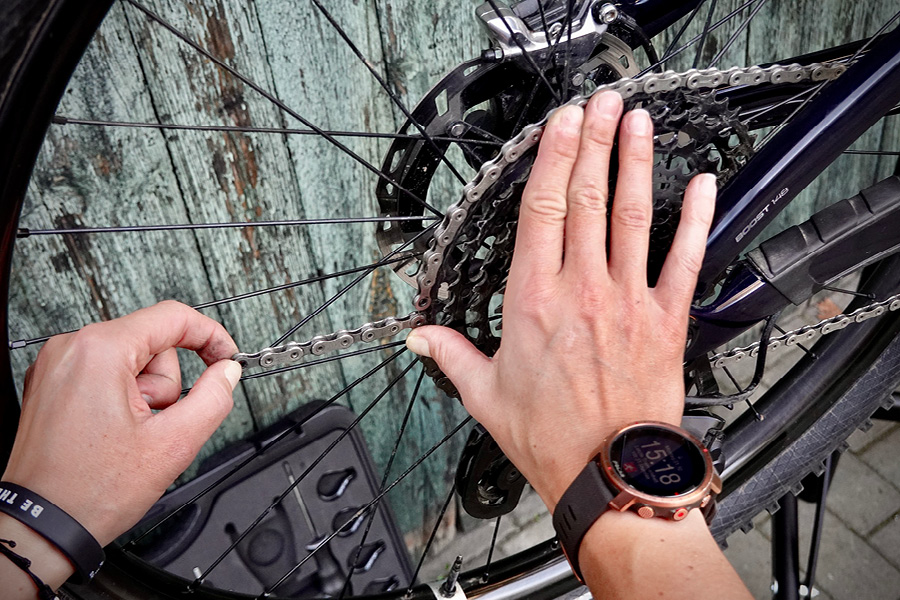
How to determine the correct chain length
Unfortunately, it is not as easy as placing a new chain beside the old one and shortening it just like that. Why? The old and new chains will be of different lengths because the old chain will have loose chain links through wear and tear. If you know that the old chain was of the correct length originally, you can count the chain links and adjust the new chain accordingly.
If you do not know or are not sure whether the old chain was of the correct size originally, then you need to determine the chain length from scratch. For that purpose, we recommend the following method.
Place the chain on the largest chainring and the largest sprocket and join both ends together behind the sprocket wheel of the cassette.

The position where both chain ends overlap is called the zero position. Once the zero position of the chain is set on the rear part of the sprocket, you can determine the final chain length. You do this by adding the number of used chain links to the zero position.
The number of links to be added depends on the following factors:
- The bicycle (hardtail or full suspension bike)
- The type of chain connection (connecting pin or QUICK-LINK)
It also matters whether the zero position ends with two matching or two different links (see chart). That's why it is not possible to provide a standard value to determine chain length.
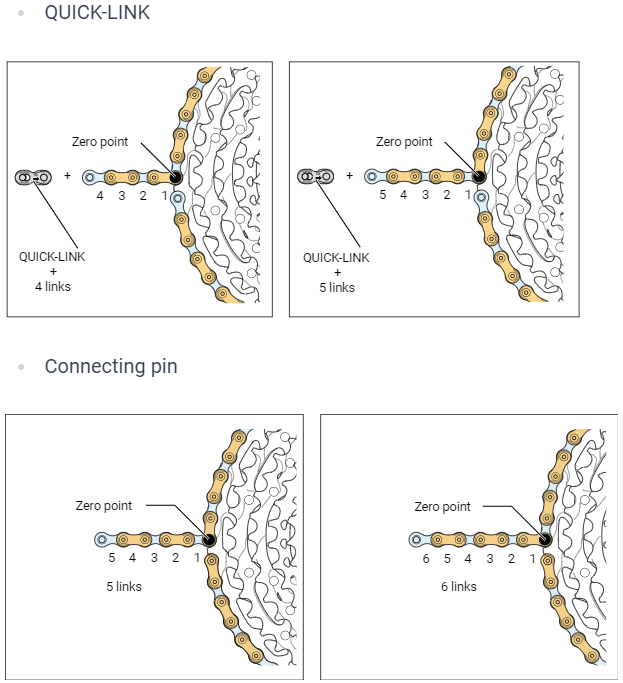
Overview:
- Hard tail bike with connecting pin + 5/6 links
- Hard tail bike with QUICK-LINK + 4/5 links
- Full suspension bike with connecting pin + 6/7 links
- Full suspension bike with QUICK-LINK + 5/6 links
Before we look at how to shorten the chain, let's review an important point about the correct installation of the chain:
Make sure that you pull the chain properly through the rear derailleur and that the labeled part of the chain faces toward you on the outside. It is annoying and time-consuming when you realize that you have to redo the job once your chain has been connected. A good rule: Check twice before connecting the chain.

Important! If you are unsure about anything or need more help, please visit your local dealer, ideally a SHIMANO SERVICE CENTER.
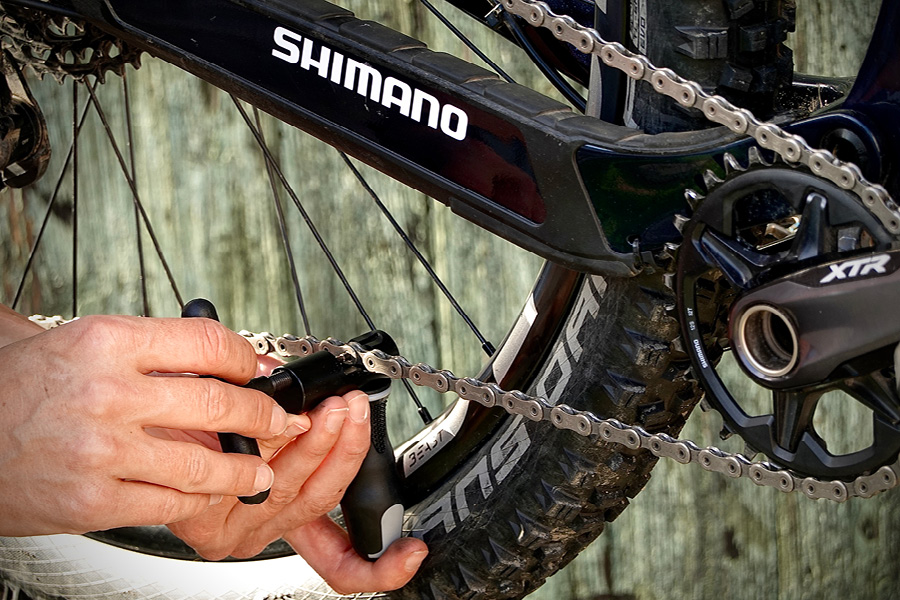
Connect and open a chain
You can connect and open or shorten a chain in two ways: by using the connecting pin or the QUICK-LINK. With a QUICK-LINK, you won't need a tool for installation.
Connecting pin
When shortening a riveted chain, it is important to take the time to place the chain into the chain tool precisely. If the chain gets tilted inside the chain tool, the positioning plate of the chain tool can be damaged. You may need to apply a bit of force to remove the chain pin from the chain link. Not too much; keep it smooth.
Push the connecting pin using the chain tool the same way you removed it. It's all about precision. Make sure that the connecting pin sits appropriately at the center of the chain link and does not overlap on either side.
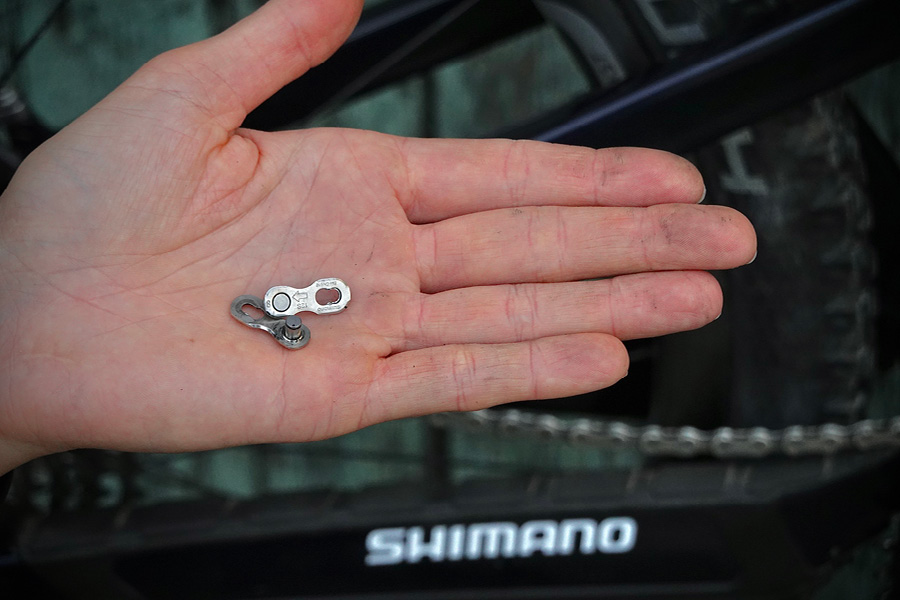
QUICK-LINK
To install a QUICK-LINK, slide the two single pieces from both sides in between the inside links. Position them so that the arrow on the surface faces the rotation direction of the crank when viewed from the front. Make sure to use the original SHIMANO chain tool TL-CN10 in order to slide in and fasten the pins.
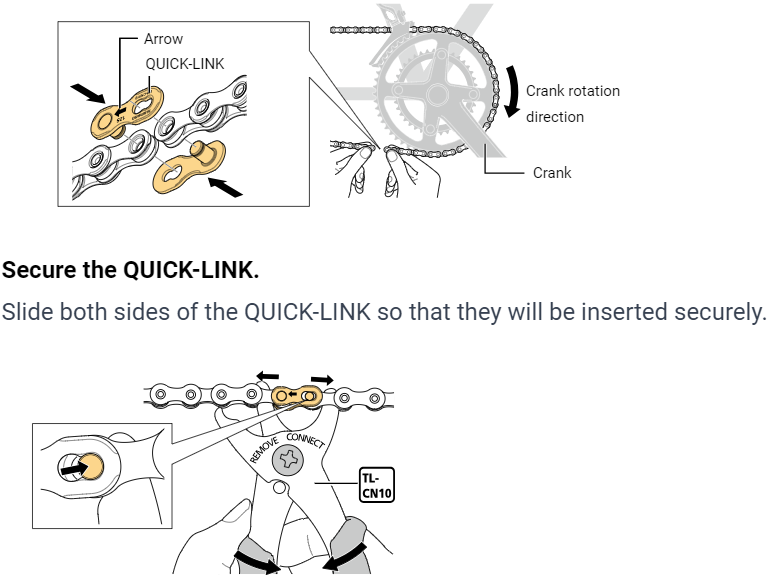
Tip: If you don't have any tools close to hand (for example, in case of a technical breakdown on the trail), you can attach a QUICK-LINK onto the upper chain line and allow it to engage using a little bit of force via the pedal.
Attention: This requires some practice and perfect positioning of the two QUICK-LINK latches – please be careful and, if you are unsure, ask a specialist bike dealer. Otherwise, a QUICK-LINK of this type can quickly end up snapping.
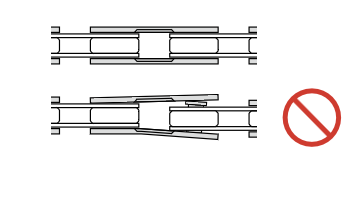
A QUICK-LINK should only be opened using the original SHIMANO chain tool TL-CN10.
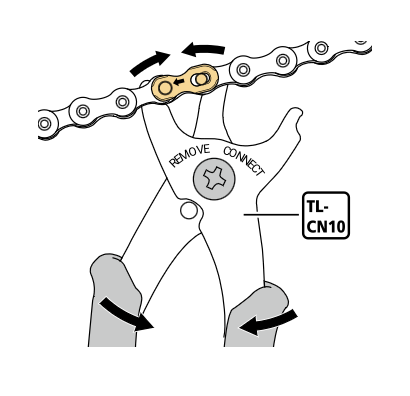
What happens when the bicycle chain is too short or too long?
If the chain is too short, your rear derailleur can suffer damage. You'll no longer be able to shift into all your gears. In larger gears, the drivetrain can become challenging to pedal, and it may start making loud noises.
If the chain is too long, the rear derailleur will no longer be able to shift accurately, and the chain will move from side to side making a bashing noise.
If you are unsure whether your chain is of the correct length, please ask an expert mechanic at your local specialist retailer to check it for you.
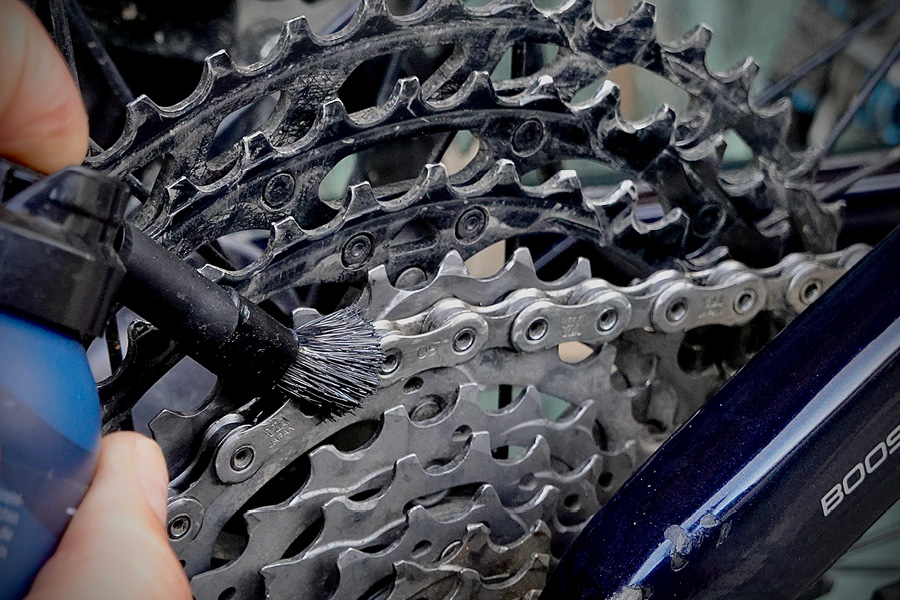
Clean regularly
A clean chain is a happy chain (and a sustainable one!). Clean your chain often and thoroughly. I recommend cleaning the chain at least during every second wash. First, get rid of all the superficial dirt on the chain and then use a degreaser. Covering the ground for protection or going to a car wash is best because the oils should not get into the ground. Once the chain is thoroughly degreased, you can dry it, and then apply fresh chain lube.
It is important to make sure that the chain lube reaches all the chain links. To do so, hold the bottle of chain lube against the inside of the chain and keep turning the crank until every chain link has been lubricated. The chain should then be wiped down with a rag to get rid of excess lube. Otherwise, dirt will quickly resettle on the chain, accelerating wear and tear.
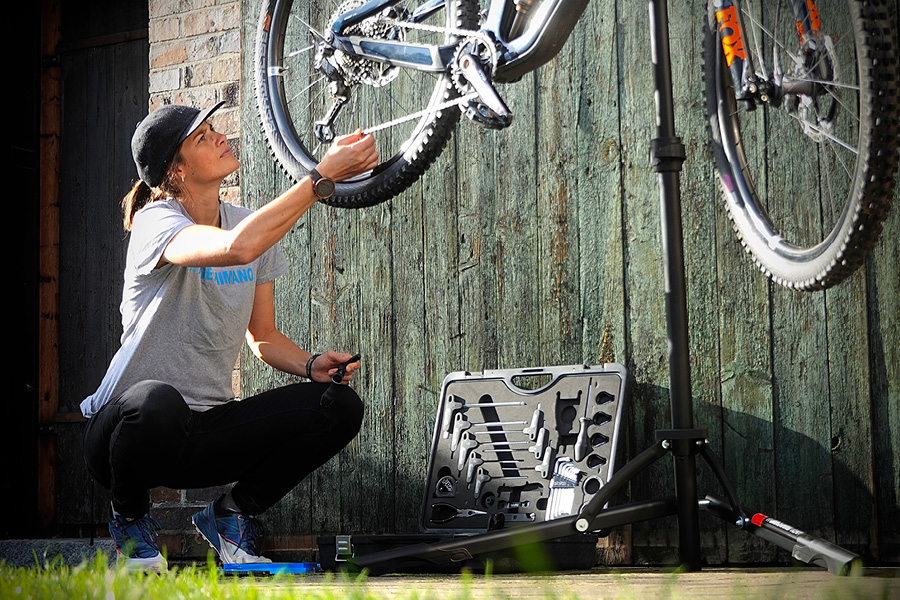
What tools do you need to replace a chain?
If you use a connecting pin:
- A chain tool
- A new bicycle chain of the correct length for the correct shifting system (9-speed, 10-speed, 11-speed or 12-speed)
- A connecting pin (usually included with SHIMANO chains)
- A multi-tool to take along
If you use a QUICK-LINK:
- A bicycle chain with QUICK-LINK
- The original SHIMANO tool TL-CN10
Tip: A QUICK-LINK can be a lifesaver when you're on tour (for example, the SM-CN900). A quick link is easier to install if the chain breaks than a connecting pin.
